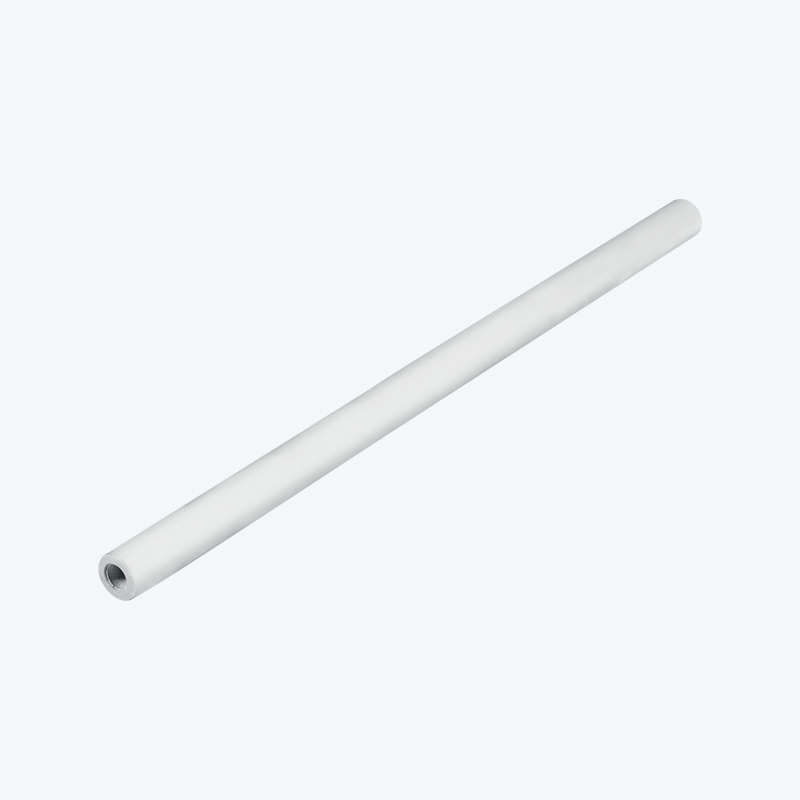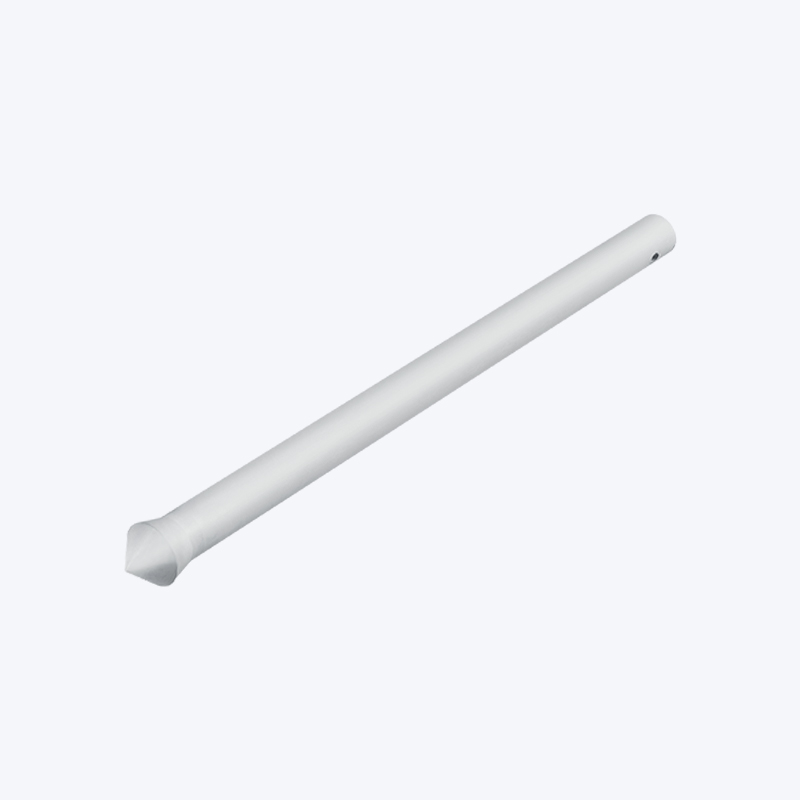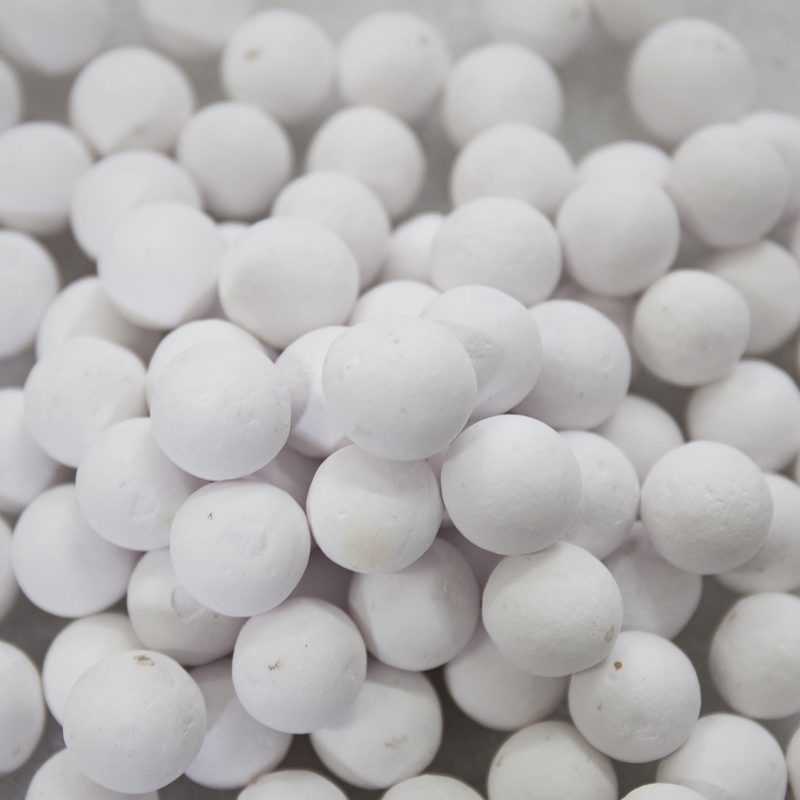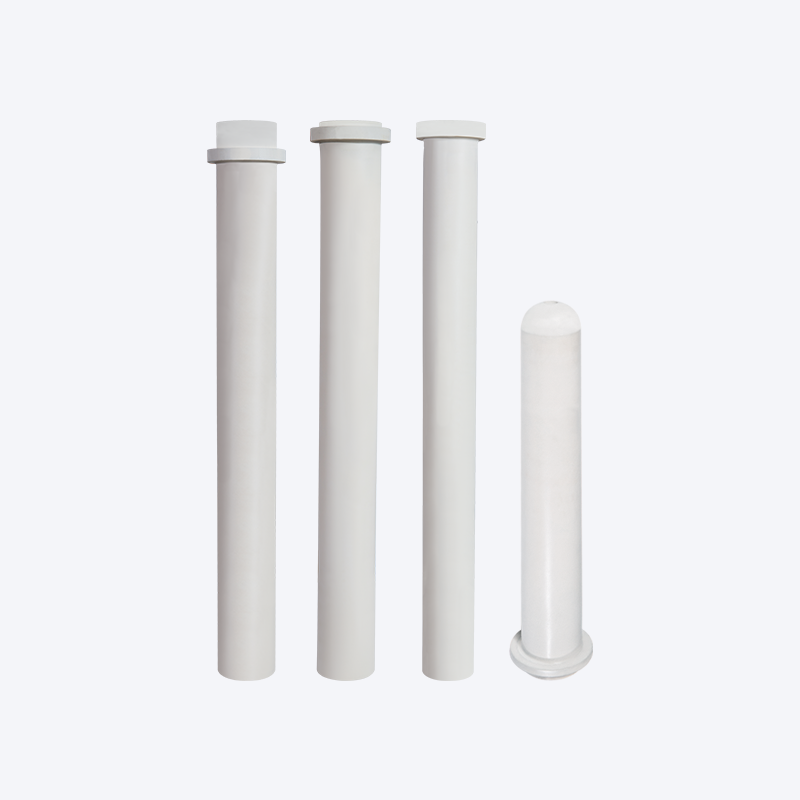Why Aluminum Titanate Ceramic Lining Bricks Are a Game Changer for High-Temperature Industries
The Science Behind Aluminum Titanate Ceramic Bricks
Aluminum titanate ceramics are composed of aluminum oxide and titanium dioxide, forming a solid-state ceramic material that offers outstanding performance in extreme conditions. The compound Al2TiO5 forms through a reaction between aluminum and titanium oxides, resulting in a material with a highly stable crystalline structure.
This material offers outstanding thermal shock resistance, meaning it can absorb and release heat without cracking, which is essential for industries that involve rapid changes in temperature. This is not a common trait in traditional refractory materials like alumina or silica, which often crack under thermal stress.
Why Choose Aluminum Titanate Ceramic Bricks?
Enhanced Thermal Shock Resistance: One of the most beneficial features of aluminum titanate ceramic lining bricks is their ability to withstand high-temperature fluctuations. For industries such as steelmaking and cement production, where temperature cycles are frequent, this resistance is essential for maintaining the integrity of the furnace linings and avoiding costly downtime due to maintenance.
Superior Wear Resistance: Aluminum titanate bricks can endure the constant abrasion caused by moving materials, slag, and molten metals. In industries like cement production, where such conditions are commonplace, these bricks offer a longer service life, reducing the need for frequent replacements.
High Temperature Resistance: These ceramic bricks can withstand temperatures in excess of 1,600°C without degrading. Their high thermal stability makes them a go-to solution for metal melting furnaces, glass manufacturing, and power plants, where extreme heat is a constant factor.
Corrosion and Chemical Resistance: Aluminum titanate is chemically stable and resistant to attack by molten metals, slags, and other industrial chemicals. This feature makes it especially valuable in chemical processing plants, where the lining materials must withstand harsh environments.
Lightweight Design: Compared to other refractory materials, aluminum titanate is relatively lightweight, reducing the overall load on furnace structures. This also leads to lower transportation and handling costs.

Applications Across Various Industries
Steel Industry: Aluminum titanate bricks are a staple in the steel industry, where they are used to line furnaces, ladles, and casting molds. Their ability to handle extreme temperatures and rapid thermal changes makes them invaluable in protecting steel manufacturing equipment.
Cement Industry: Cement kilns operate at temperatures exceeding 1,400°C, and aluminum titanate bricks are used to line kiln walls and other critical components to prevent cracking and erosion due to thermal cycling.
Glass Industry: The glass manufacturing process requires furnaces to operate at extremely high temperatures. Aluminum titanate bricks provide excellent thermal shock resistance and wear resistance, making them perfect for use in melting tanks and furnaces.
Power Generation: In gas turbines and other energy production systems, aluminum titanate bricks are used to line components exposed to high heat and pressure. Their ability to endure thermal shock and chemical corrosion is essential for maintaining the efficiency of power plants.
Chemical Manufacturing: In chemical reactors and other processing equipment, the chemical resistance and high-temperature stability of aluminum titanate bricks ensure the longevity of these critical components.
The Economic Benefits
While aluminum titanate ceramic lining bricks may have a higher initial cost compared to other refractory materials, their long-term benefits far outweigh the upfront investment. Their durability and resistance to thermal shock lead to longer lifespans and fewer replacements, which can significantly reduce operating costs. Additionally, industries that rely on high-temperature processes can expect less downtime, improving overall productivity.
Contact Us for Quotes and Prices!
Just let us know what you want, and we will get in touch with you as soon as possible!

 English
English 简体中文
简体中文












